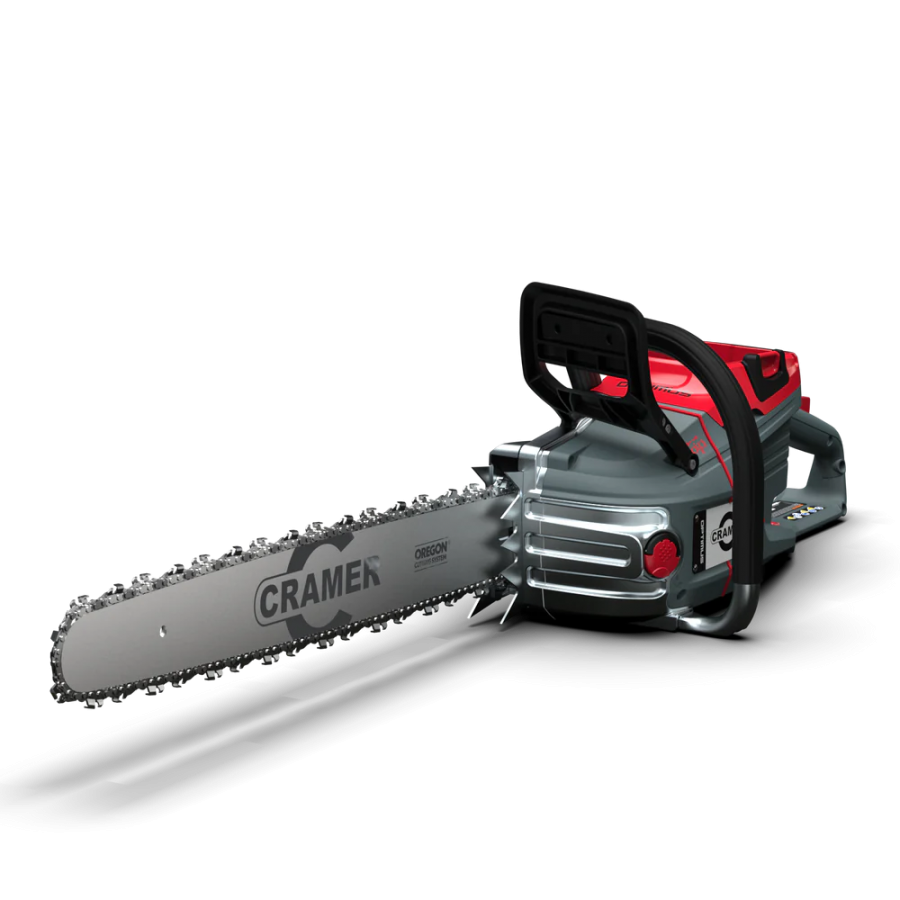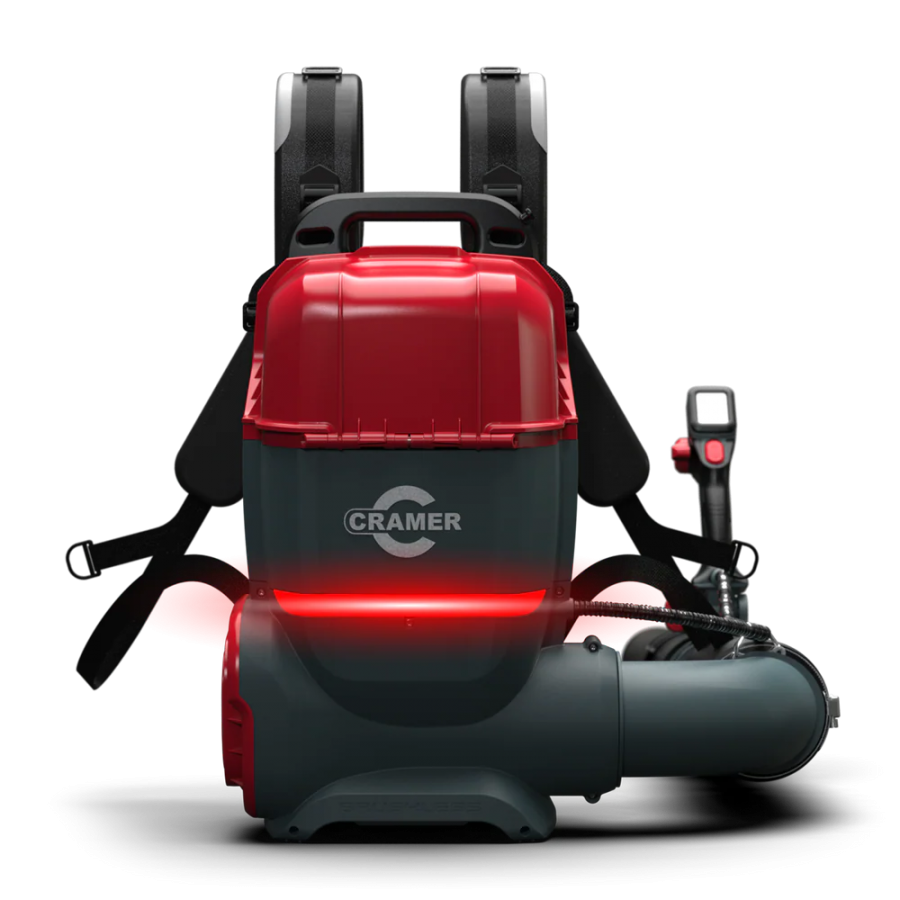Robotic mowers are becoming more commonplace in the professional environment, but may still have some limitations.
Contractors in particular need a mowing solution they can take from job to job, while more remote or extreme locations offer obstacles for perimeter wires and GPS guidance.
These are the challenges that have been tackled by tech pioneer FJ Dynamics, already established as a manufacturer of precision equipment for agriculture, construction and geospatial applications.
The FJD Vidar Z42P zero turn mower, manufactured from the ground up in Singapore, is designed to be used in three ways: as a traditional lap bar ride on, via remote control or in autonomous mode.

It made its debut at Groundsfest and SALTEX, and FJD’s UK Sales Manager Richard Larke explains: “Contractors told me that they could see it being especially useful where labour is hard to come by – jobs that previously needed three men could now be tackled by two – one focusing on hedge trimming for example, while the second supervises the mower but is also able to carry out other gardening tasks at the same time.”
The Vidar uses RTK positioning to record an initial pass as it is driven around the boundary of the area to be mown, before software algorithms calculate the most efficient mowing path within this area. Once set into autonomous mowing mode via its terminal, it follows this path autonomously.
“Navigation is via RTK, backed up by LIDAR vision technology,” explains Richard. “RTK signal can be lost in areas with tree coverage for example, but the mower is able to continue on the path, guided by LIDAR. The vision-based sensors also provide obstacle detection, along with ultrasonic sensors low down on the frame: if an obstacle is detected the mower stops until it moves out of its path.”
Where mowing tasks are repeated throughout the season, the recorded path plan can be easily recalled and re-used. Routes to the mowing area can also be created, with the mower travelling autonomously between jobs at up to 13kph. Deck lift and lower and cut height adjustment is electrically actuated, so once the area to be mown is reached, the deck is put into work autonomously.

“Because the sensors respond so promptly to obstacles and stop the mower - or when planning a path, turn away - ride-on mode is useful for tasks such as mowing close to trees or street furniture,” Richard explains. “The Vidar can also be used in remote control mode in areas not suitable for autonomous operation or where hazards such as slopes or undergrowth make using a ride-on mower uncomfortable or dangerous.”
Power is supplied by three batteries, developed in-house by FJD and with a run time of up to six hours; Richard suggests that a spare set would allow a contractor to simply swap them over for a full day’s mowing. Charging is via an on-board port and takes 6-7 hours.
Cut width is 42in (105cm) and wider decks are being considered, although in common with other autonomous machinery, working width and output are less closely related than for operated equipment.
FJD also launched the RM21 at the recent Agritechnica trade fair; this aims at the more traditional robot lawn mower market, but has a professional spec build and the company’s steering technology; line marking is being considered as a further application for the base unit.

The company’s other notable expertise is in battery technology; FJD is also offering the GM22 electric cylinder mower, a pedestrian machine said to be capable of cutting 17 acres on one charge. Small electric tractors are yet another product in the range; expect to see much more of these tech experts in groundcare in the near future.
The FJD Vidar Z42P is priced at £24,000 and is distributed in the UK by Autonomous Agri Solutions and Atomic Tractor.
Article by Jane Carley









